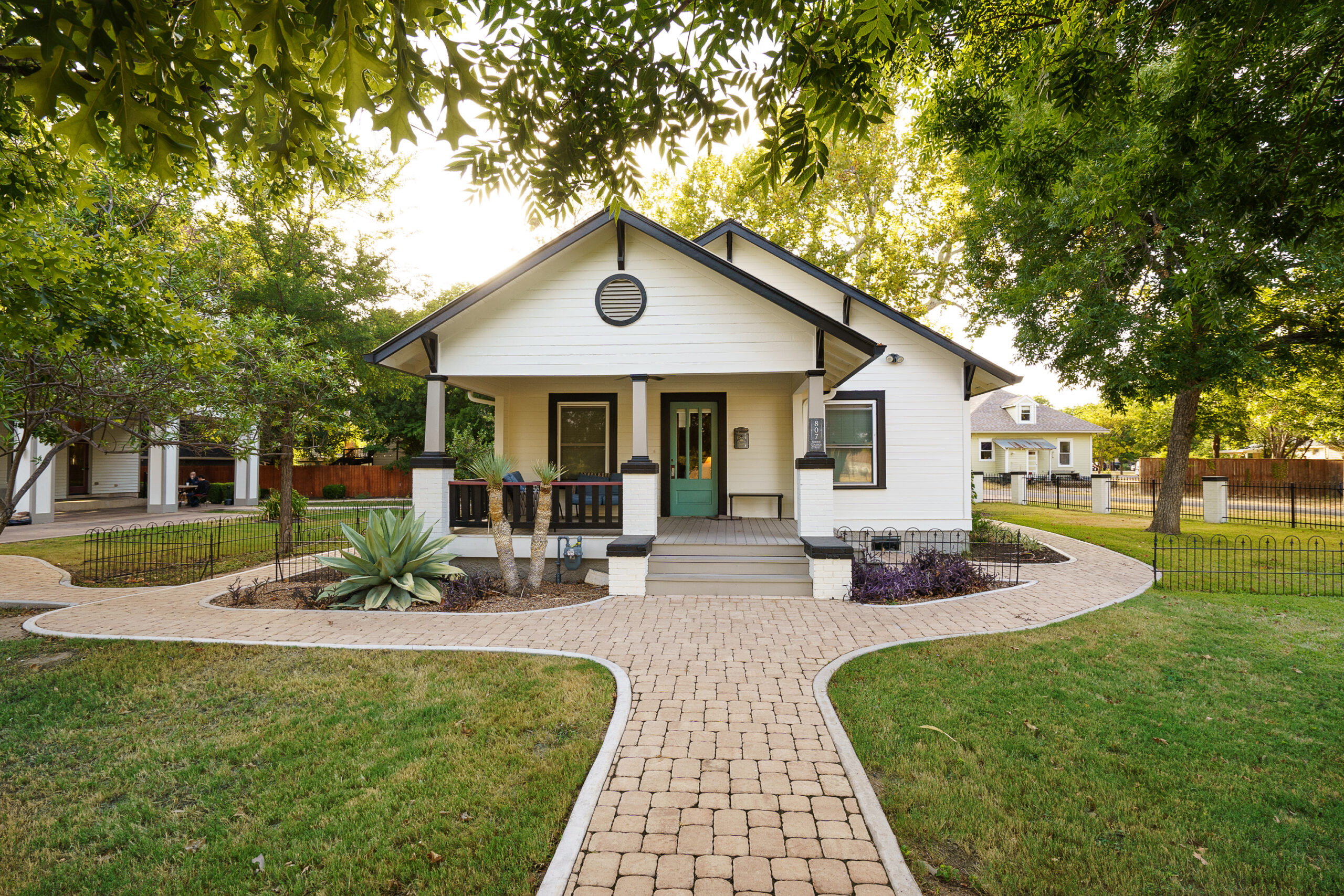Bipolar disorder is a condition characterized by depressive episodes and manic or hypomanic episodes. It affects about 5.7 million Americans each year. Bipolar disorder is one the most frequently misdiagnosed mental illnesses. A survey by the National Depressive and Manic-depressive association found that 69 percent of patients with bipolar disorder are initially misdiagnosed and of those, more than a third remained misdiagnosed for 10 years or more. Other studies have found similar rates of misdiagnosis. A misdiagnosis can have bad consequences for patients. Not only is treatment for the wrong condition ineffective, it may be harmful if, for example, someone with bipolar is prescribed antidepressants, which may trigger a manic episode. Therefore, it’s good to know what bipolar disorder looks like.
Depressive Episodes
One major reason bipolar disorder is so often misdiagnosed is that it is easily mistaken for depression. People are more likely to go to the doctor when they’re feeling terrible than when they’re feeling really good, as often happens in manic or hypomanic episodes. Therefore, the doctor sees the signs of depression, but might not know about the manic episodes, leading to a misdiagnosis. Symptoms of a depressive episode include loss of interest in things you used to enjoy, depressed mood, fatigue, irritability, inability to concentrate, slow movements, sleeping too much or too little, weight changes, aches, feelings of worthlessness, and thoughts of suicide or death. At least five of these symptoms, including depressed mood and anhedonia, or loss of ability to feel pleasure, must persist for two weeks for a diagnosis of depression.
Manic Episodes
Manic, or less intense hypomanic episodes are what distinguish bipolar from unipolar depression. These can range quite a bit in intensity. Some people experience these episodes as an especially good mood, often welcome after a depressive episode. On the other end of the spectrum, someone suffering from a manic episode may have a psychotic break and have to be hospitalized. Typically, manic episodes are characterized by having a lot of energy, having little need for sleep, feel excessively confident or optimistic, having racing thoughts, being excessively talkative, being easily distracted, and making poor or impulsive decisions. In a more intense manic episode you may have paranoid delusions or delusions of grandeur. You may buy things you don’t need, make foolish investments, or start ambitious projects with little realistic hope of following through.
Typically, people with bipolar disorder will experience a period of major depression, which may last weeks or months, then later experience a manic episode, which may last days, weeks, or months. Often, these episodes are driven by seasonal changes, life stress, or disruptions in the circadian rhythm, such as traveling across time zones. Treatment for bipolar typically includes a combination of antidepressants, mood stabilizers, and psychotherapy.
At Alta Lama Transformational Services, you will meet knowledgeable, compassionate professionals that understand addiction in all its forms. Alta Lama uses an integrative and holistic approach to treat addiction and mental health issues. No treatment is one-size-fits-all, where you will have a team of experts prepared to create your customized treatment plan. We offer care for your mind, body, and spirit, so that you can heal from the inside out and look forward to a lifetime of sobriety and wellness. If you are ready to take the first step in your recovery, please call us at 866-457-3843.






